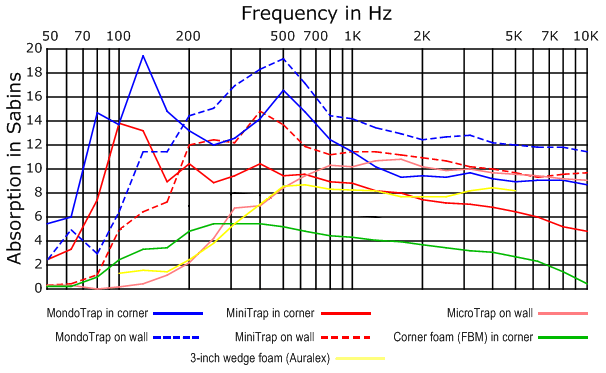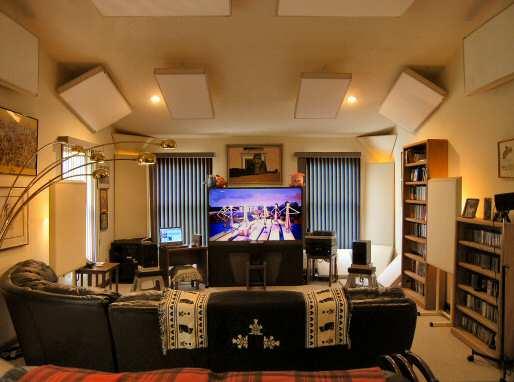It is simple mathematics of sound. If you put the two speakers flush to the side walls, you get two nulls at 25% point. The theory says that if you put the speaker then int he nulls, they vanish. Hence the 25% rule. Now whether that is optimal otherwise, is another matter. I am just talking about bass performance.
Amir,
As far I see the problem you only get these nulls at one frequency. This is not bass performance at all. Or I am seeing it wrongly?




